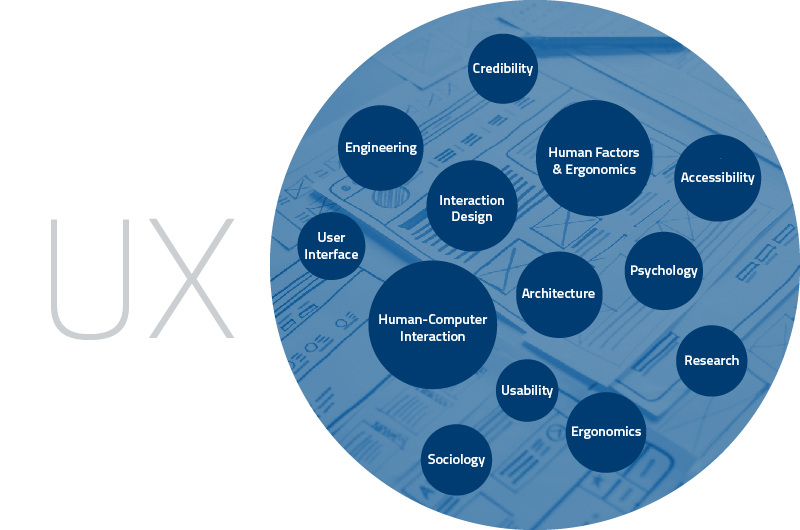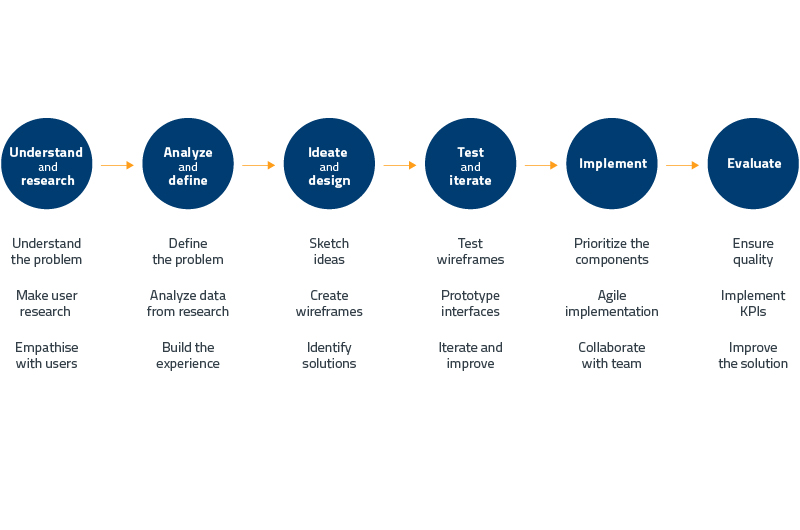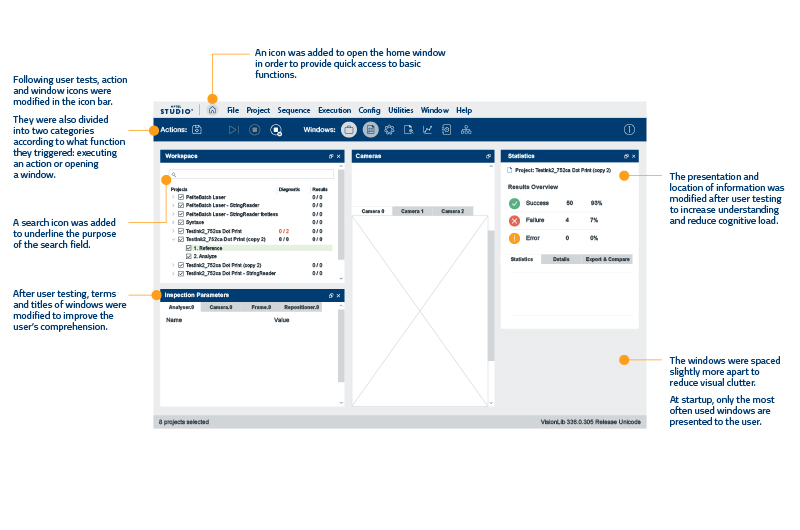Take yourself back to when you were a child. Imagine you are at the Epcot theme park at Walt Disney World. You walk and start seeing surreal decor, roller coasters themed with your favorite TV show and movie, you look down and see that there’s a Mickey Mouse logo engraved on the manhole cover, the music plays at the perfect volume, there is a unique and pleasant smell, trash cans are dissimulated within the decor. Everything has been designed and thought of to perfection.
Yet when Walt Disney opened the amusement park in 1965, it was not immediately successful. He decided to improve the environment by focusing on the humans going to the park. For him, Walt Disney Park was not only an entertainment service provided to families, it was a whole experience. Walt Disney would walk around the amusement park to put himself in the position of a child. He was able to find opportunities to improve every single detail to create a unique and optimal experience by experiencing the park himself. That is the essence of User Experience Design: adopting a user-centered mindset to create an optimal experience.



